A mountainous retreat in central Crete, MillerKnoll’s new archives and an iconic Australian barbecue.
|
Wednesday 9/7/25
|

|
|
London
Paris
Zürich
Milan
Bangkok
Tokyo
Toronto
|
|
|
|

Places in the sun
We’re on the sunny side of the street this week as we head to a mountainous retreat in central Crete (pictured)andtake a nostalgic look at an iconic Australian barbecue. Then we explore MillerKnoll’s new archives showcasing hundreds of celebrated designs and turn our attention to a collaborative collection between Marimekko and Artek. Starting us off is Monocle’s editor, Josh Fehnert.
|
|
OPINION: josh fehnert
Buildings shape our world – so why don’t we discuss them?
When was the last time a space gave you room to think rather than rushing you along to the exit or cash register? Architecture can seem dull but done well it can still solve problems, conjure awe and inspire.
The discipline comes together in our homes, streets and cities, and forms the backdrop to our lives – sometimes as monuments but more often in subtler, less spectacular ways. It’s in motifs and materials, churches and supermarkets but also in how we access clean water and in the proportions of a park or playground. Muse on it for a moment and architecture is everywhere – shaping us as we shape it – but it’s also noticeably absent from too many discussions about living better. That needs to change.
To borrow an idea from UK editor and author Simon Jenkins, we need to “speak architecture”. All of us. That doesn’t mean committing opaque technicalities or industry jargon to memory or fluency but rather a perspective shift. It means being free to discuss – and question – how buildings make us feel, how they structure our lives and how to understand the stories that our buildings tell.
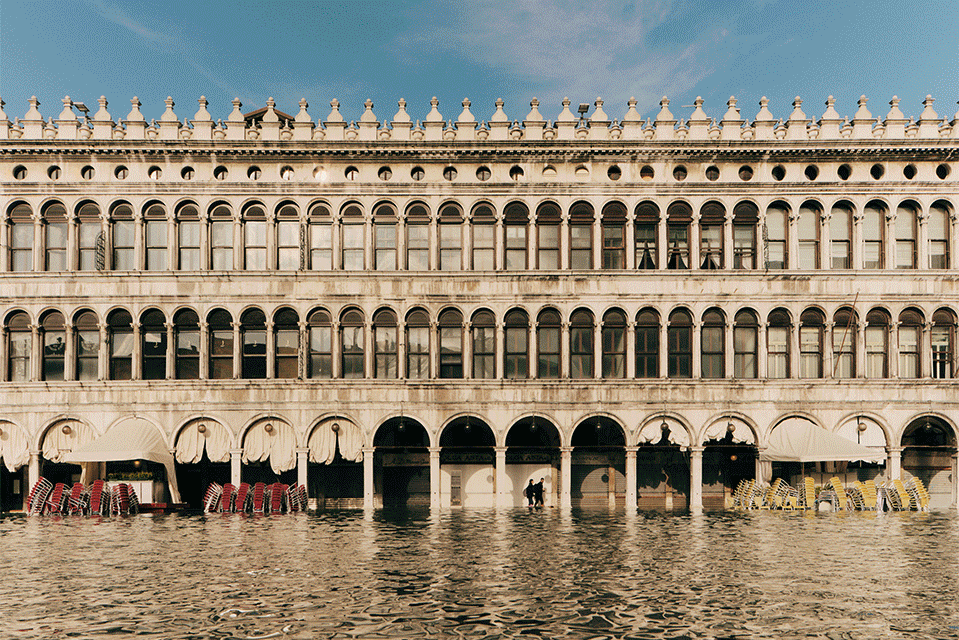
Our latest publication, The Monocle Companion, is about starting global conversations. As Chilean architect Alejandro Aravena put it to me, it’s about building better with brains as well as bricks. This edition is based around the 19th Biennale Architettura, which takes place in Venice (on now until 23 November 2025) – but the subjects that we explore within the 200-plus page paperback are truly global. Between the covers we speak to some of the canniest thinkers from this year’s event, as well as writers, architects and idealists looking to nudge debates about the built environment with good grace and optimism.
We hear from the curator of Bahrain’s pavilion about why the hum of power-hungry air conditioners is an increasingly alarming soundtrack to summer in the Gulf – and why he’s got an alternative for the ages. We speak to a studio in Toronto about how it’s employing architects to open-source rebuilding in Ukraine and the importance of making cities more spontaneous (inspired by life on the busy streets of Hanoi). There are also glimpses into other worlds, from Cairo’s self-building scene and the “Bangkok Bastards” of design to Lomé’s forgotten modernist buildings and what the markets of Lagos tell us about the ingenuity of its economy and people.
Along the way, you’ll read essays from philosophers, Pritzker Prize-winners, Golden Lion recipients and urban planners – and, yes, even a few crumbs of wisdom from our trusty design editor, Nic Monisse (this book’s co-editor). Another major highlight is a photo essay (pictured) shot by one of Monocle’s regular contributors, Andrea Pugiotto.
So, if you’re visiting Venice for the biennale – or you don’t know your Arsenale from your elbow – we’ve laid on a world of insights on subjects from surviving in a desert to forging buildings from lava, alongside some thoughts from beyond the bounds of our humble planet.
This little book – available to buy now – aims to offer lofty ideas and space to wonder. Remember, it’s not just architects who can help build a better world or who should speak up about the world that we’ve constructed. The good news? Some of the answers to improving things and telling better stories are at our fingertips.
‘The Monocle Companion: Fifty Ideas on Architecture, Design and Building Better’ is out now – buy your copy today. The Venice architecture Biennale runs until 23 November 2025.
|
|
The project: Meraki Studios, Greece
Set in stone
Looking for a place to escape this summer? A new six-key Cretan guesthouse might just be the ticket. Conceived by Danish architect Sigurd Larsen, Meraki Studios reflects the hilly surroundings with terraces adorned with ancient olive trees. Panoramic views of the valley and rocky mountain tops greet the six standalone structures, which are made from locally sourced stone and offer a naturally cooling shelter from the beaming sun. “Stone architecture was the right answer here,” says Larsen, who runs his namesake firm from Berlin. “The material can withstand the wet climate and the changes between dry summers and cold winters.”
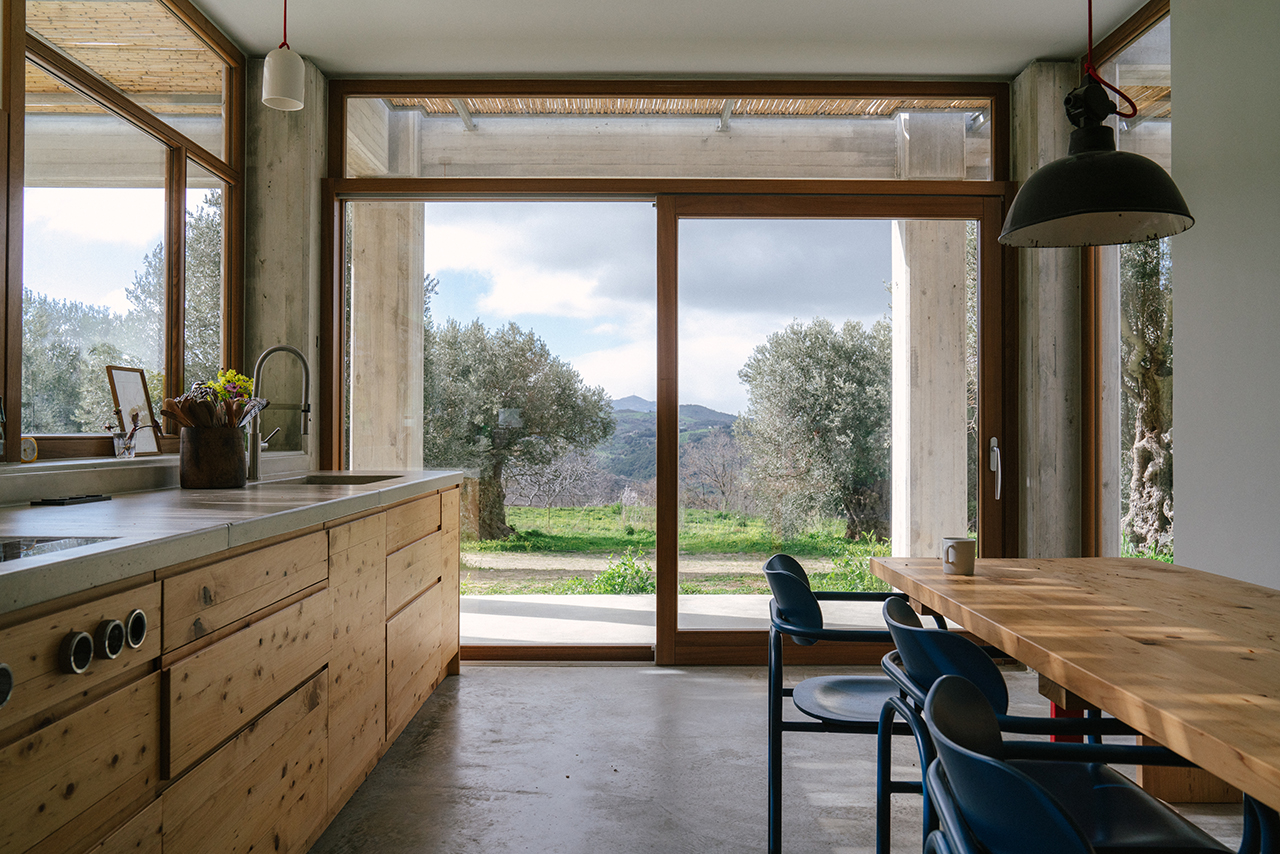
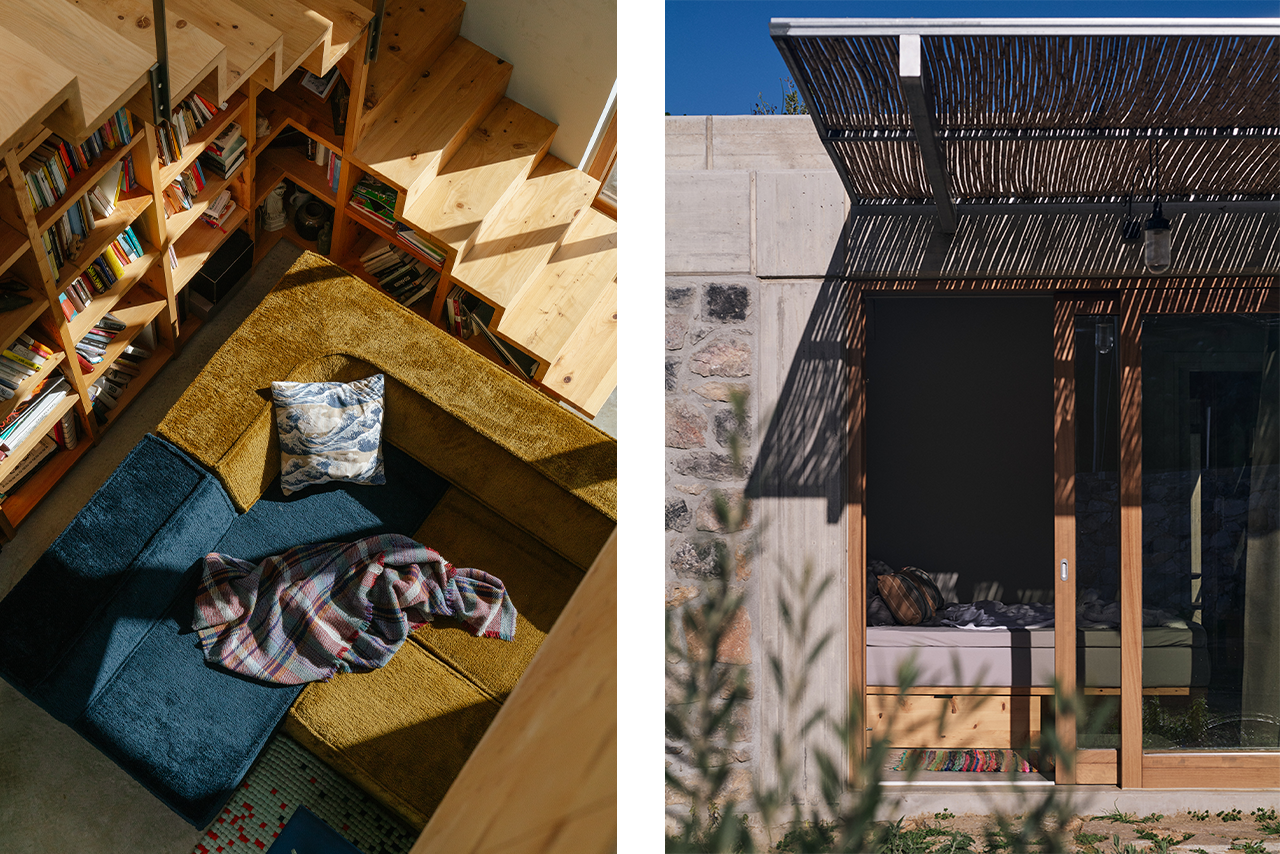
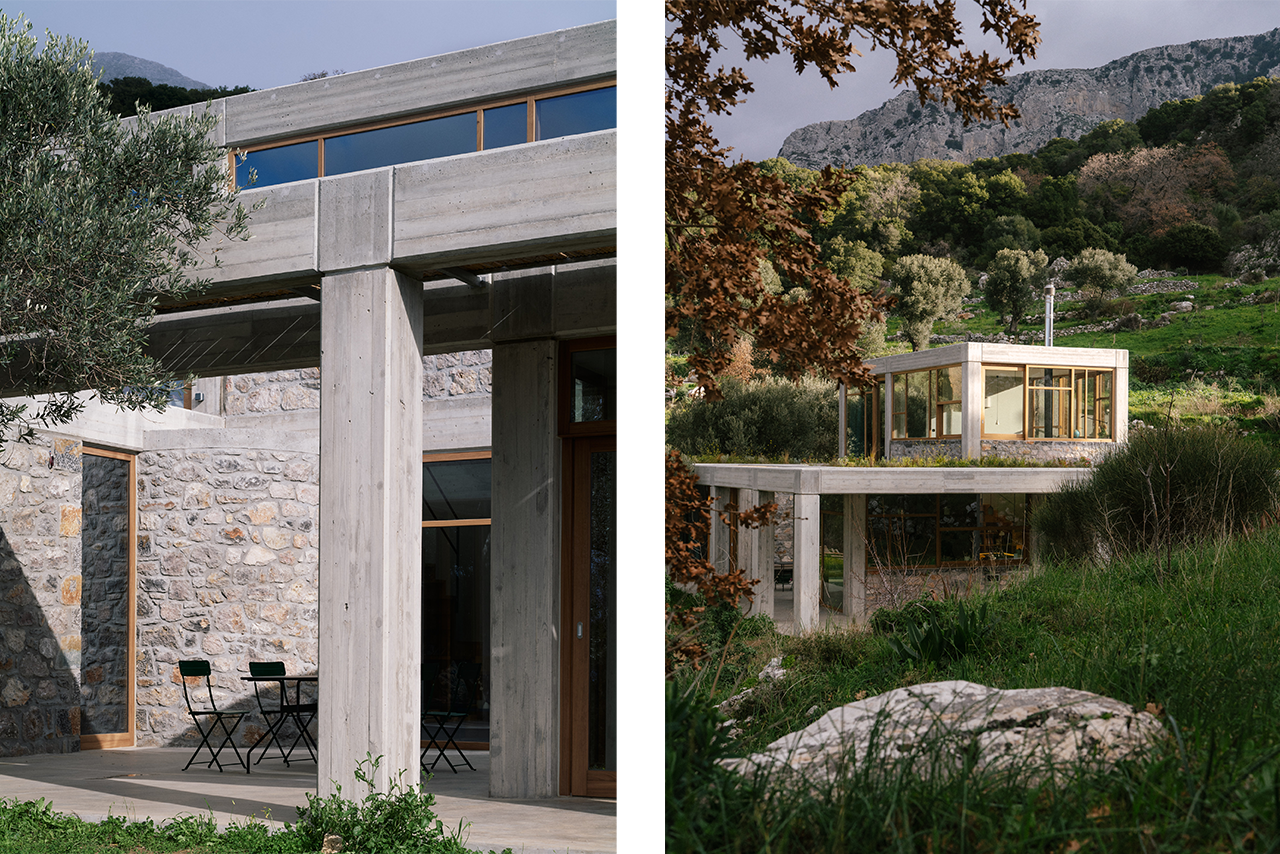
Craftsmanship was key to the design’s execution – local artisans, including stoneworkers and bespoke glaziers, helped bring the vision to life. Pergolas and shutters are skillfully integrated into the buildings, linking the indoor and outdoor areas while expanding the space. Each suite features a well-equipped kitchen and access to the property’s spacious garden, where goats roam freely among olive trees and a small forest. “We wanted the architecture to bring visitors’ awareness to where they are in the world right now,” says Larsen. “It’s about the landscape and how the light changes through the day.”
merakistudios.gr; sigurdlarsen.com
For more on Meraki Studios, pick up a copy of the ‘Monocle Mediterraneo’ newspaper, now available online and at beachside kiosks.
|
|
design news: MillerKnoll archive, USA
Hall of fame
The new archives at MillerKnoll’s Michigan Design Yard allow design buffs to drool over 300 pieces of furniture from the catalogues of Herman Miller, Knoll and other subsidiaries such as Hay and Geiger. It’s the first time that the collective’s wares have been permanently presented side by side. “We intend the archive to be a living resource,” says Amy Auscherman, director of archives and brand heritage. “We want it to be a place that fosters curiosity, learning and inspiration.”
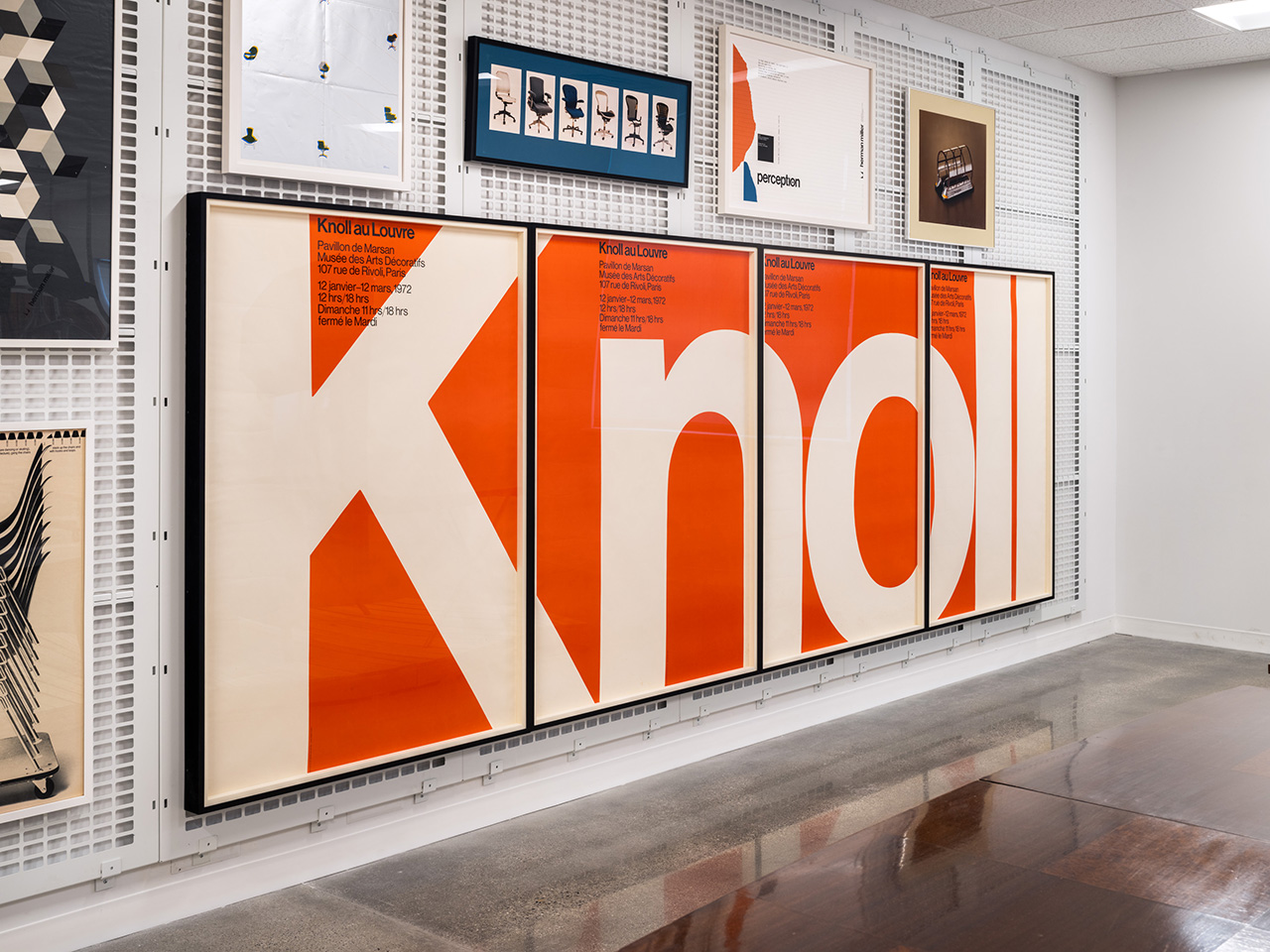
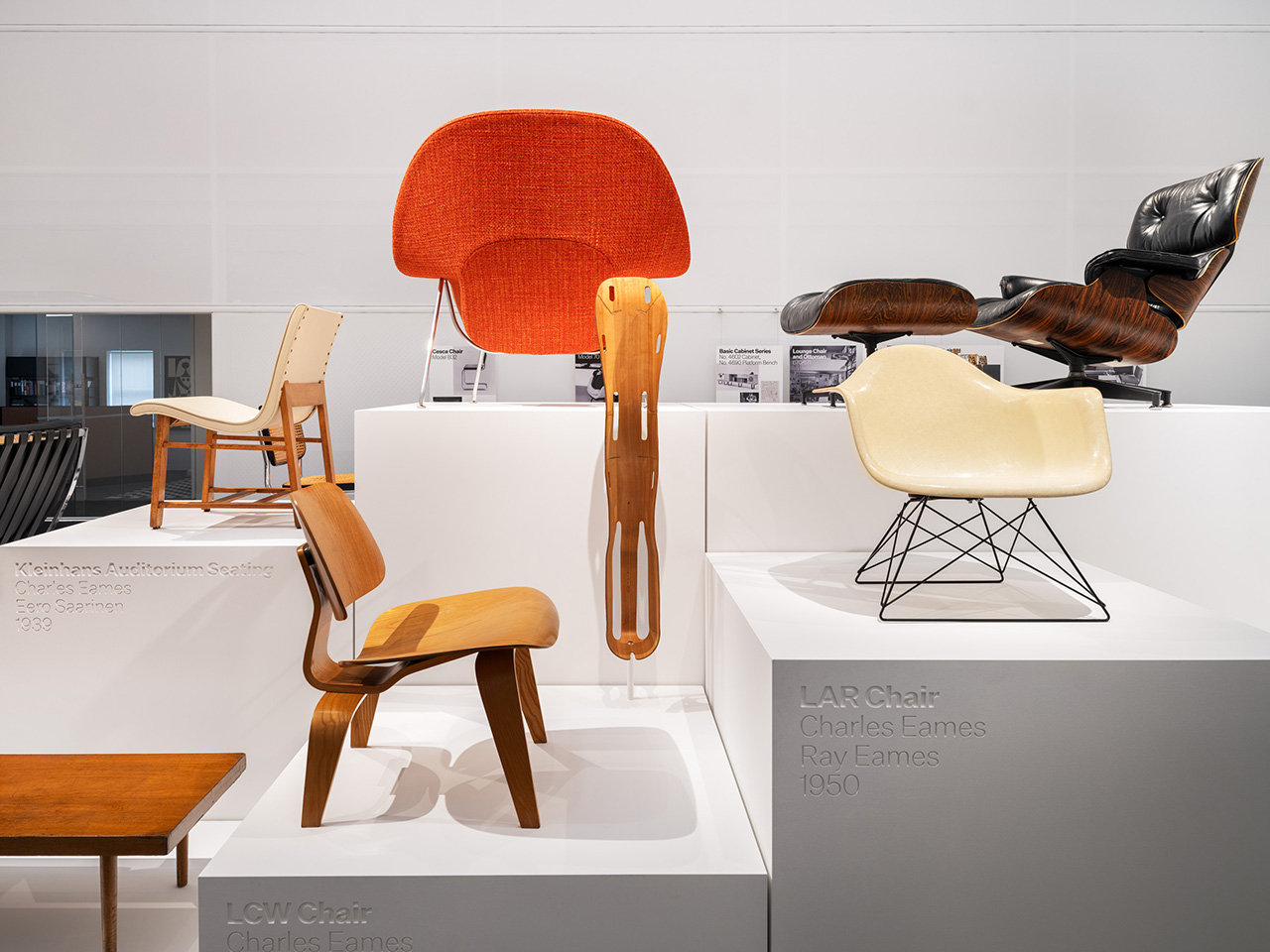
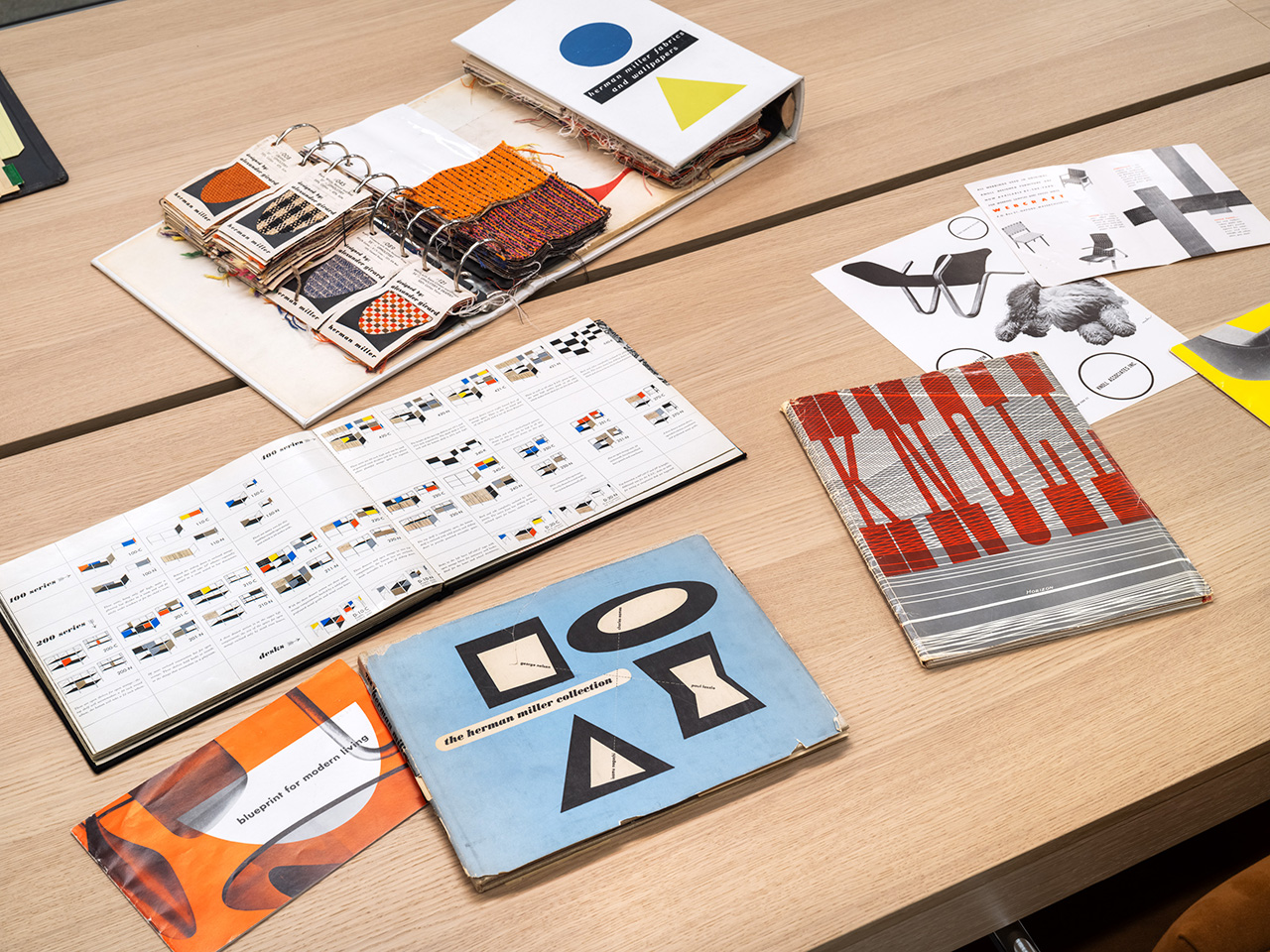
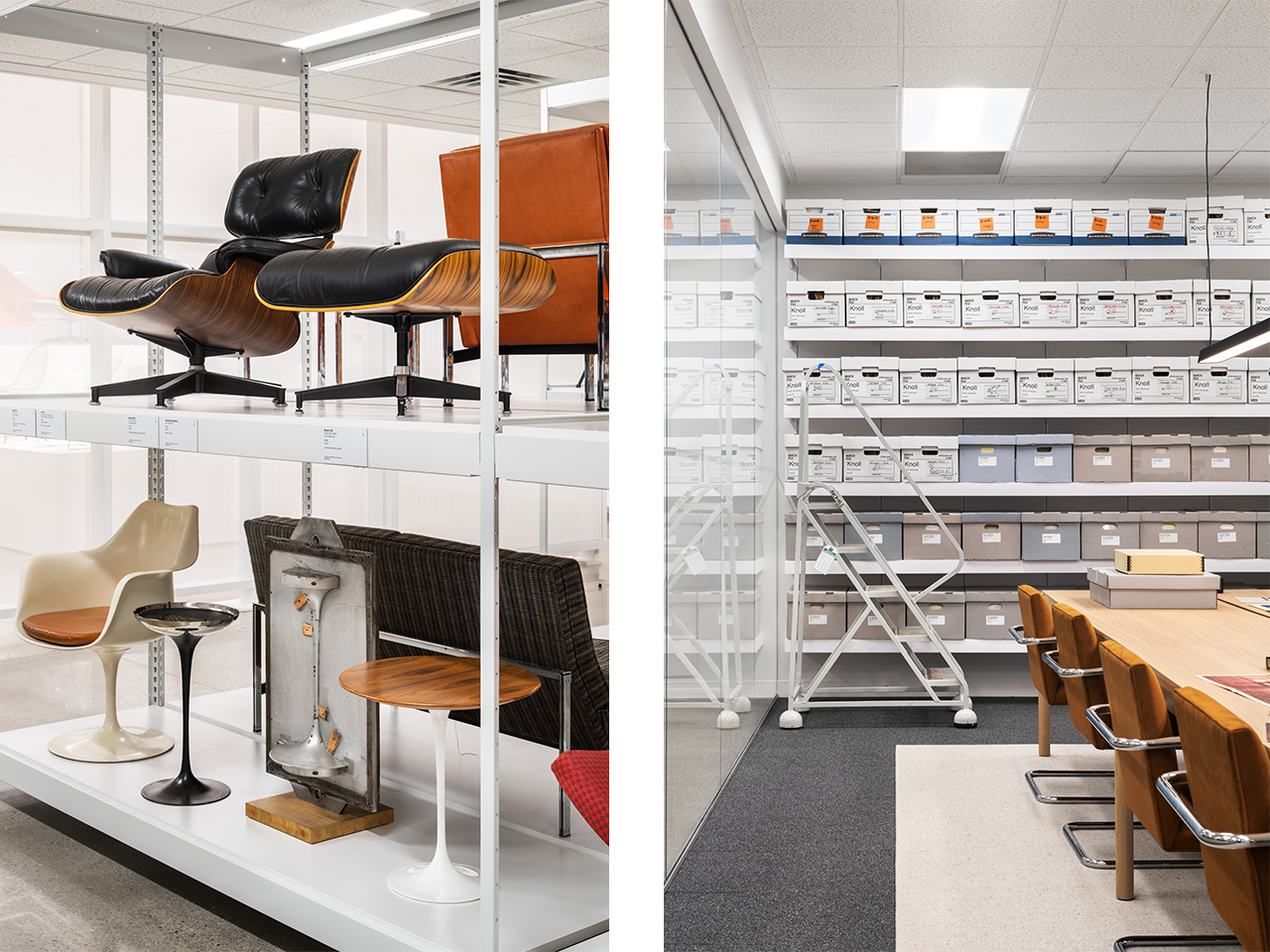
The archive is organised into three areas – an exhibition space, open storage and a reading room. Its debut exhibition, Manufacturing Modern, charts the rise of modernism in the 20th century. Through the lens of Herman Miller and Knoll’s products, visitors can see how the movement prioritised functionality and comfort, as well as affordability and accessibility. On display is a selection of Florence Knoll’s office furniture, a prototype of Eero Saarinen’s Knoll Womb Chair and Gilbert Rohde designs for Herman Miller. “By combining these archives,” adds Auscherman, “we can tell a multidimensional story of modern design, its evolution and its impact.”
millerknoll.com
For more on the MillerKnoll Archive, as well as other inspiring new projects, consult Monocle’s bumper July/August issue, on newsstands now.
|
|
words with... Carlo Ratti, Italy
Let’s get together
At the helm of 2025’s Venice Biennale is Carlo Ratti. Tapped as curator of the 19th International Architecture Exhibition, the Italian-born creative set the theme – Intelligens: Natural, Artificial and Collective – and curated the general showcases beyond the national pavilions. We caught up with Ratti for our July/August issue, in which he explained why disparate disciplines need to pull together to deliver better architecture.
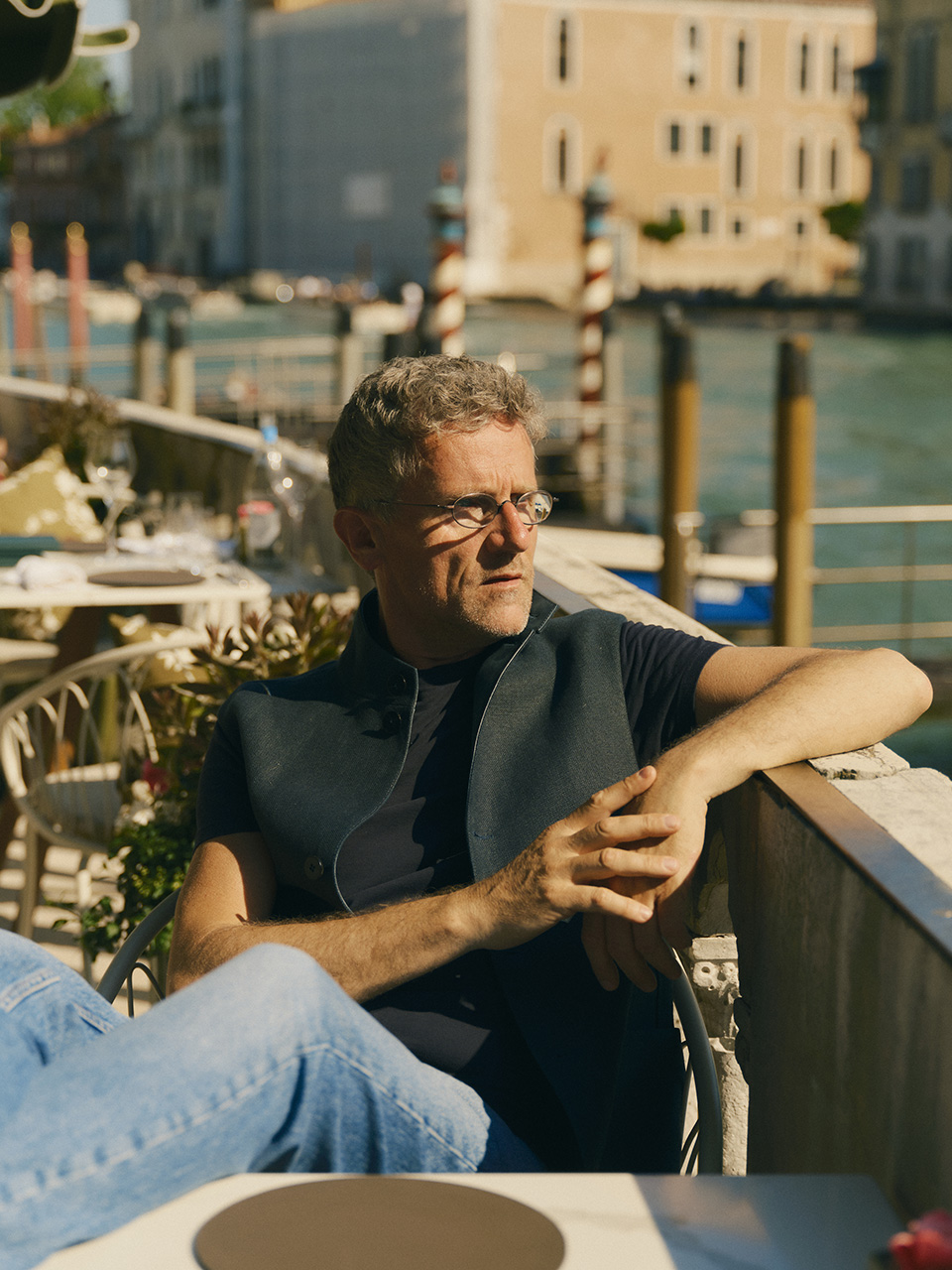
What purpose does a biennale serve in 2025?
When the Venice Biennale began at the end of the 19th century, it was a place where you shared knowledge. That is not relevant today because information is everywhere. Instead, events such as the Venice Biennale and the World Expo must become places for experimentation. It’s about asking: “How can we develop new knowledge?” The vision for this biennale centres around hybridising different types of knowledge by connecting people from different countries and trying to find new designs and solutions.
Why is knowledge sharing across disciplines essential to the practice of architecture?
It’s a point of view that has been accepted since Marc-Antoine Laugier, an 18th-century French Jesuit priest and architectural theorist, suggested that architecture is a response to climate. Architecture is about survival. Today, as the natural environment undergoes changes, architecture is the primary mechanism for adaptation. With floods in Bangladesh and Valencia and wildfires in Los Angeles, the question now is: how do we respond? While there is no single solution, we must think about built environments holistically.
How can we start to deliver these holistic responses?
We need to come together. The built environment is about many disciplines uniting – teams comprising architects, designers, urbanists and scientists, as well as people working in agriculture, sociology, fashion and the arts. We are all well-placed to tackle major challenges. The great biologist EO Wilson wrote in his book Consilience that we must pursue a different type of intelligence – one achieved through the unity of knowledge, an approach that links all disciplines. It’s our only hope.
For more on the Venice Biennale’s 19th International Architecture Exhibition, including its 10 most transformative ideas and the nations that got the message, explore monocle.com.
|
|
from the archive: Round-a-bout BBQ, Australia
Fits the grill
As heatwaves make their way across swathes of Europe, it’s best to turn to the Aussies for inspiration on how to make the most of a scorching summer day. The answer, unsurprisingly, is that you can never go wrong with a barbecue. Enter the Round-a-bout, a gas-powered model from 1975 that puts a sizzling cooking surface on three metal legs. It enjoyed a long bestselling run for Melbourne-based manufacturer Companion, likely because the cheerful design is both a workhorse for the home and compact enough to be brought along on outdoor adventures.
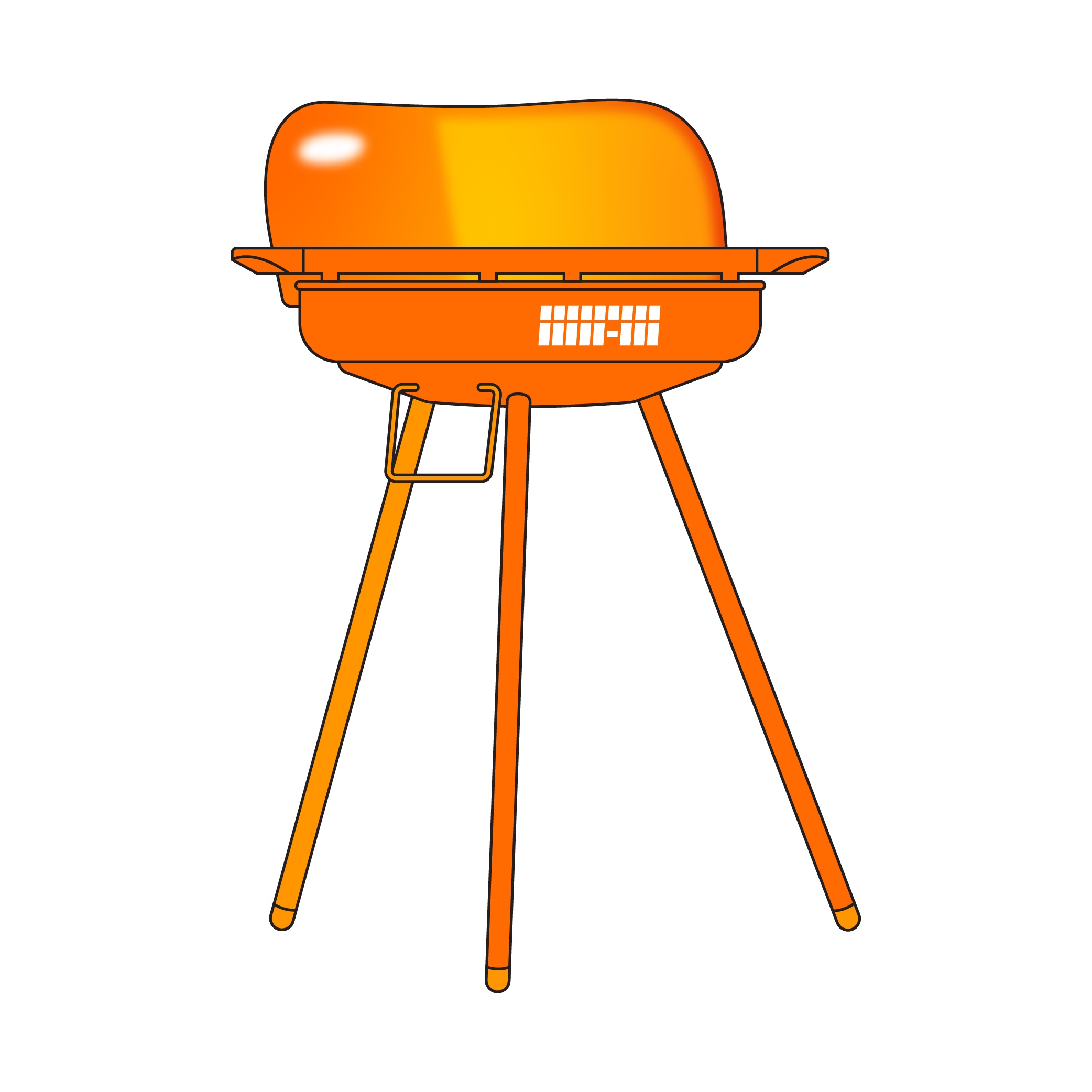
Although the modern barbecue was developed in the US in the 1950s, Australia pioneered many practical, portable models such as the Round-a-bout. Down under, barbies are granted a prominent place in the design canon: this everyman’s model was honoured with a Good Design Award when it came out. It’s a good lesson in Aussie philosophy, when temperatures start to sizzle – it’s time to get cooking.
On the hunt for outdoor furniture? See our roundup of summer wares.
|
|
around the house: Artek + Marimekko, Finland
Designs in dialogue
Monocle’s sister publication, Konfekt, has an eye for good design. Its editors were out in force at the recent 3 Days of Design showcase in Copenhagen, spotting the latest global talent and new releases from Nordic brands. A standout was the coming together of two of Finland’s most recognisable brands, Marimekko and Artek, to reimagine iconic furniture pieces, including the Stool 60.
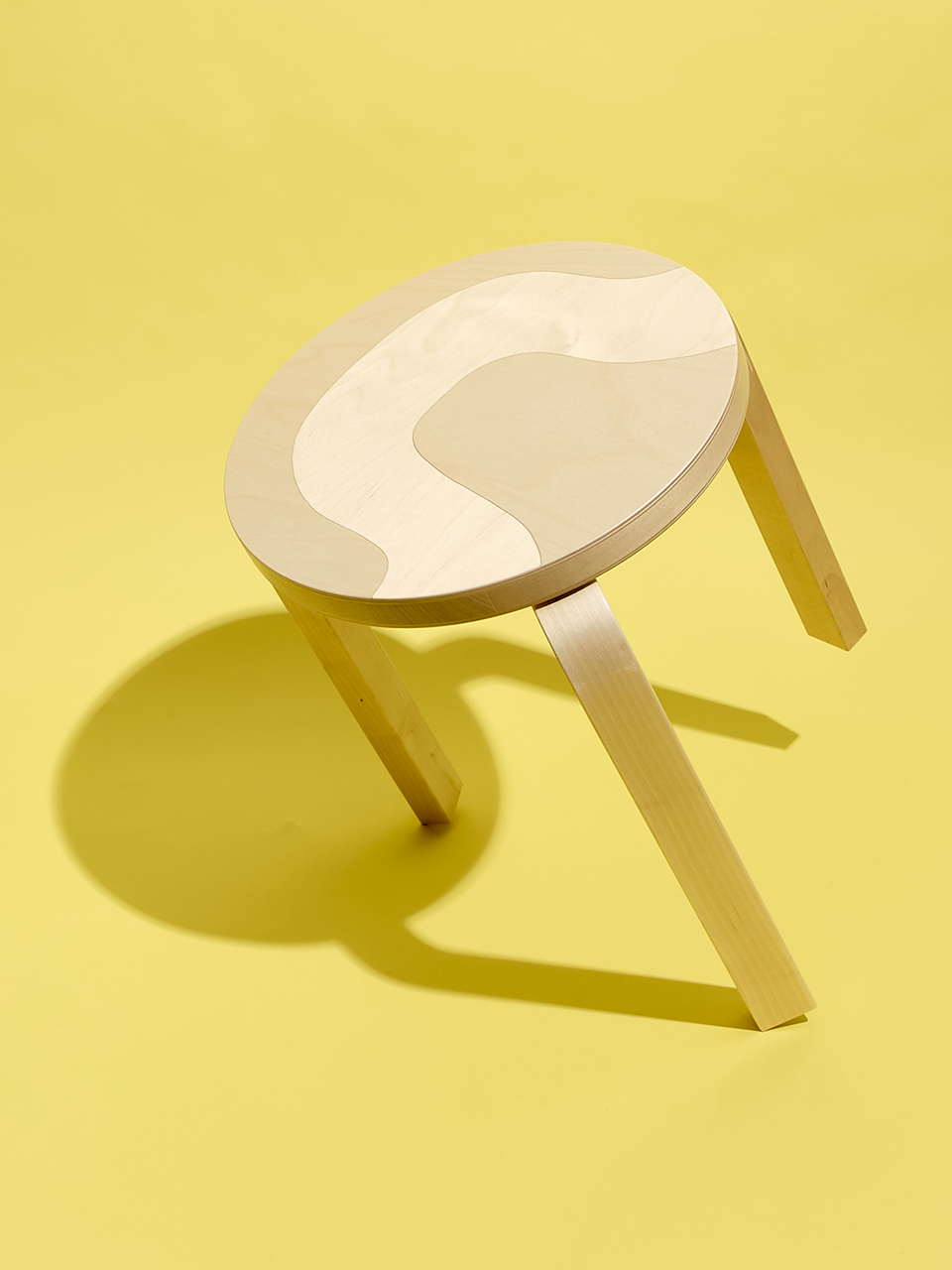
The collaboration merges Marimekko’s trademark printmaking with Alvar Aalto’s iconic pieces by using marquetry to embed joyful, kinetic patterns into the birch veneer surfaces. “Artek and Marimekko’s bold identities are shaped by architecture, nature and a human-centric pragmatism,” says Marianne Goebl, Artek’s managing director.
artek.fi; marimekko.com
For more insight and inspiration, subscribe to ‘Konfekt’ today. The publication also delivers lifestyle and design news with its fortnightly newsletter, ‘Konfekt Kompakt’.
|
|
In The Picture: ‘The New Sustainable House’, Australia
Natural fits
The New Sustainable House by Sydney-based writer and curator Penny Craswell is a rallying call to action. Architects, designers, builders and their clients have more information, technology and innovative materials at their fingertips than ever before; and yet the building industry is one of the world’s greatest polluters. The notion of designing with the environment in mind has been around for some time – but meaningful change has been slow.
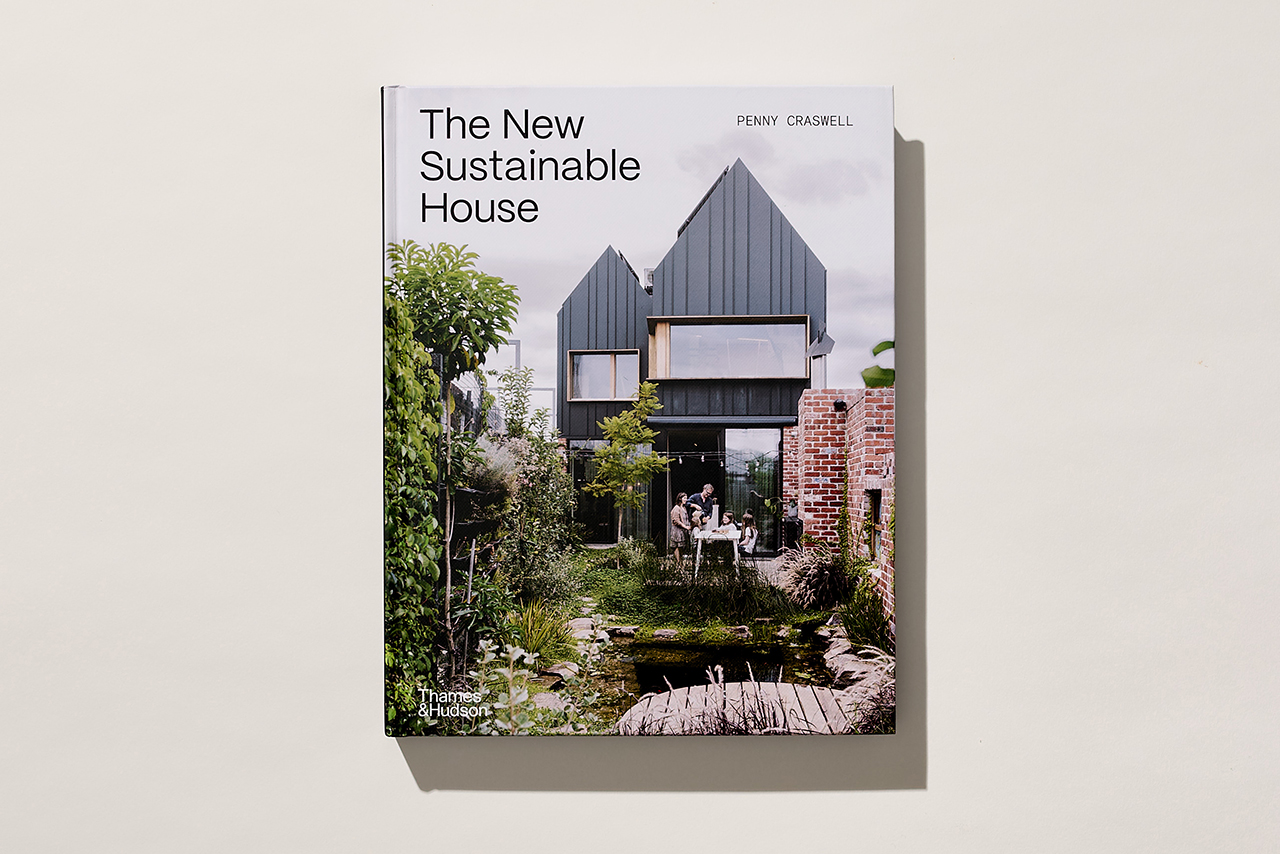
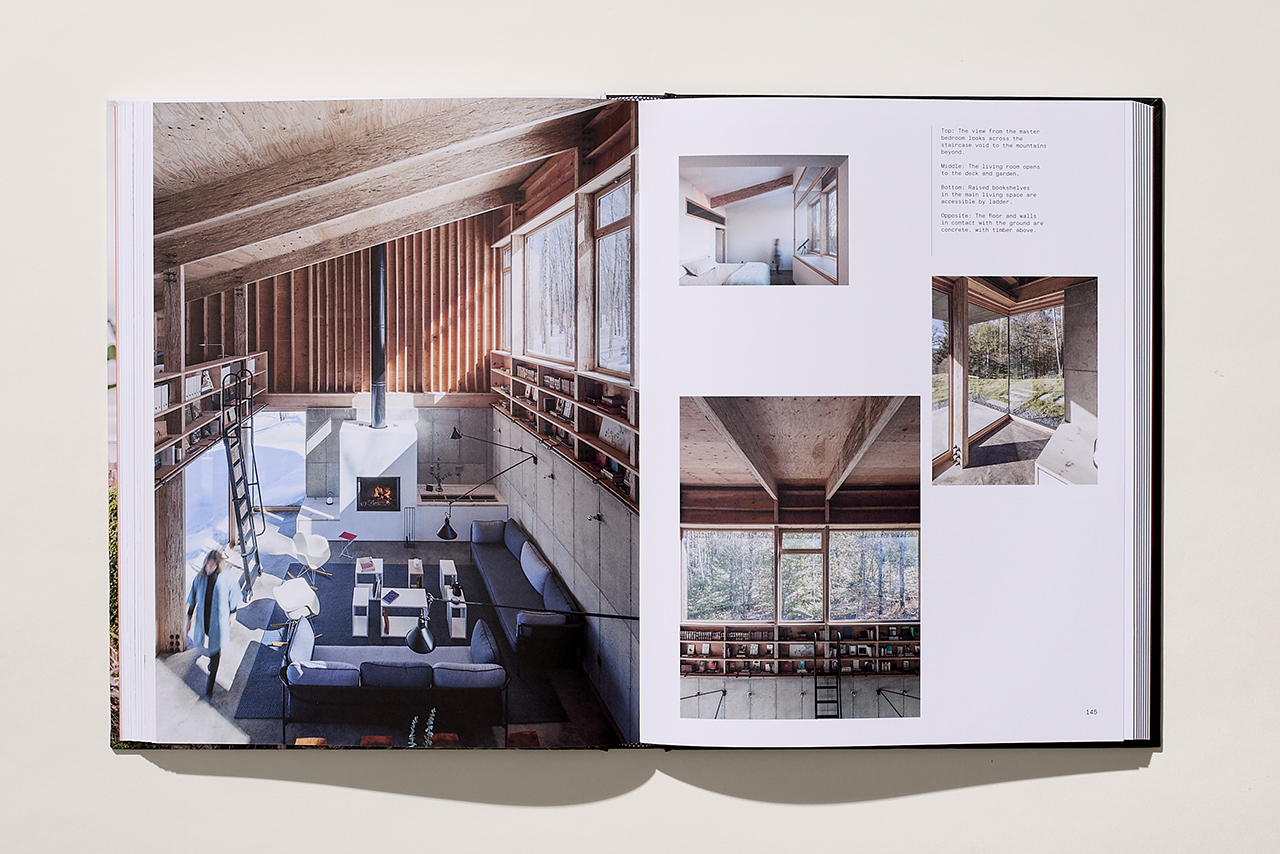
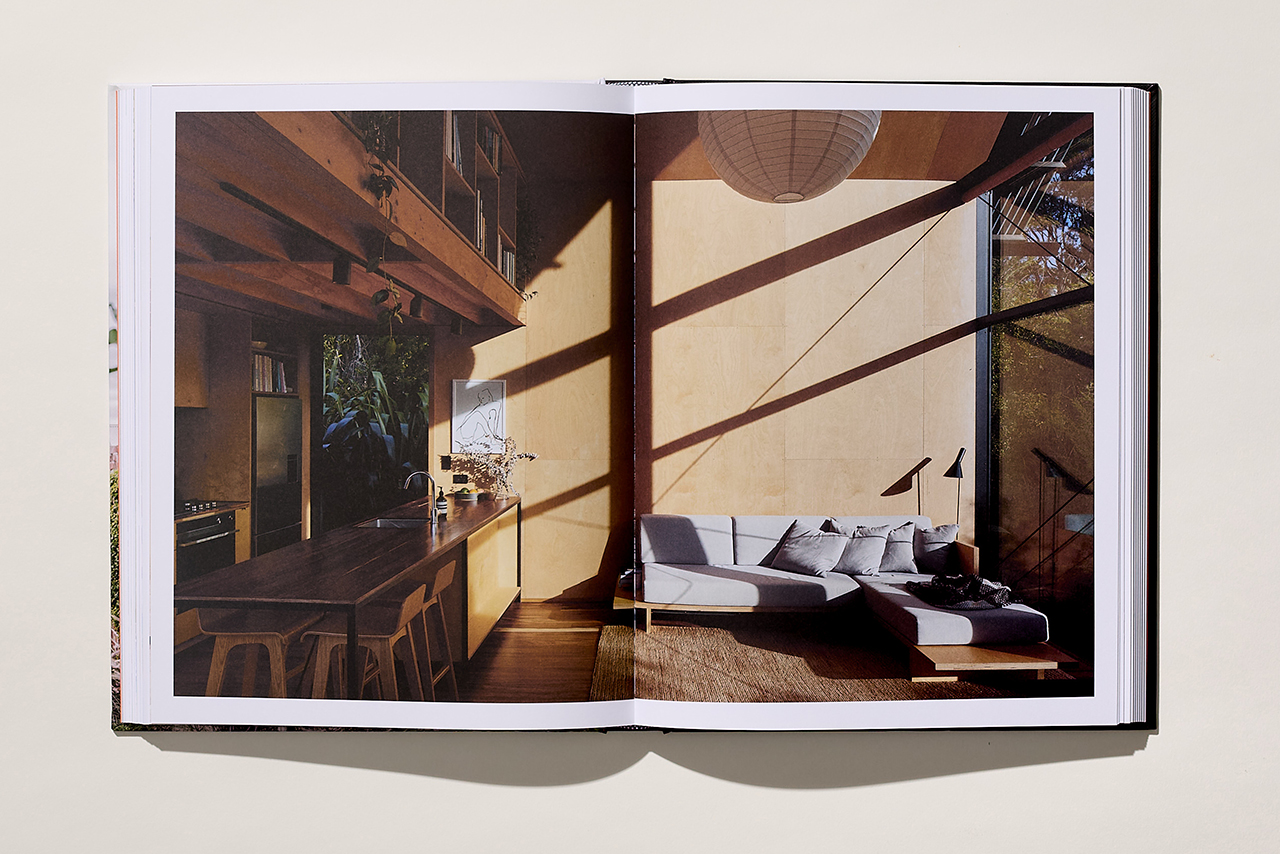
To get the industry thinking even harder about its impact – and what is possible to achieve – Craswell profiled 25 architect-designed homes from around the world that stand out for their innovative solutions. Highlights include a single-storey mud-brick box built in the Texas desert and an all-timber Swedish cabin that is completely petrochemical-free. What unites this diverse lineup is the shared ambition of architects and clients to do as little harm to the environment as possible, without losing out on comfort or aesthetics. “There is no one quick fix to sustainable architecture,” says Craswell. But this book is as good a place to start as any.
thamesandhudsonusa.com
|
|
| | |